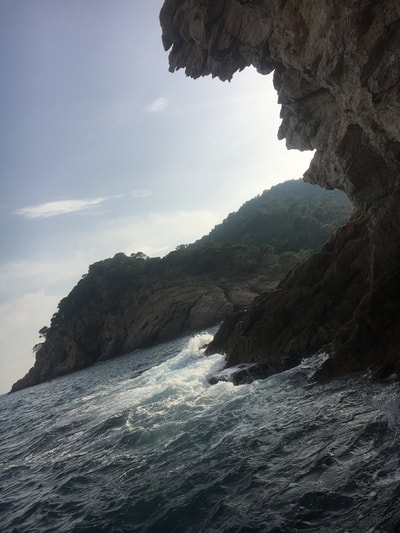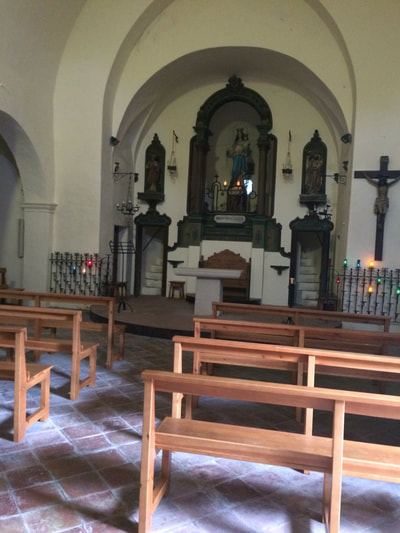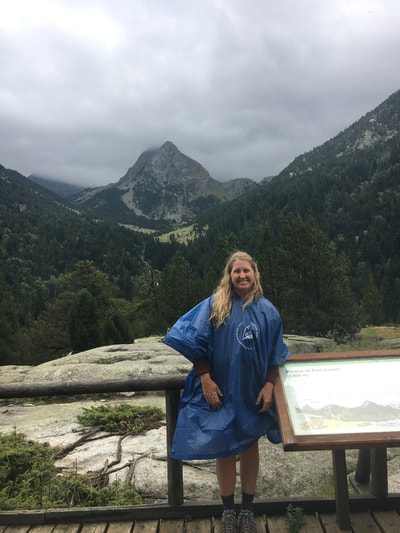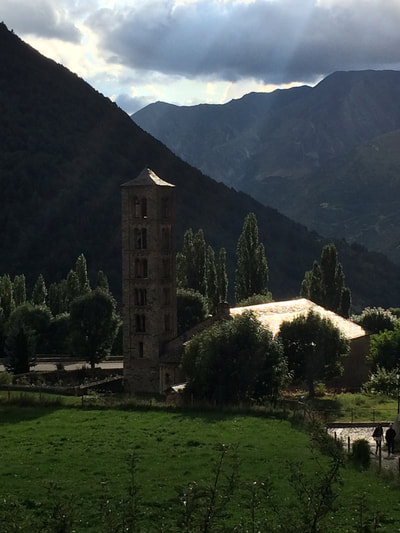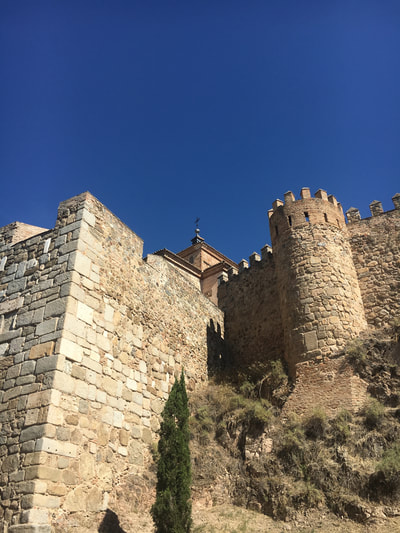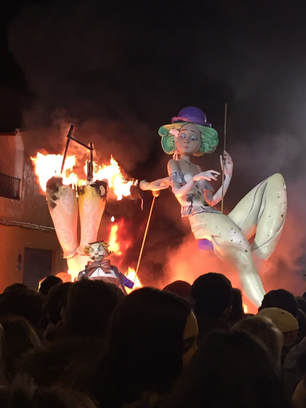 It's hard to fathom the spectacle that ends Las Fallas. We would never see such unmonitored danger anywhere in the United States, but in Spain, it is taken in stride. The burning of every Fallas statue in almost every plaza in Valencia, as well as many plazas in all the surrounding towns at midnight is what is known as La Crema. Keep in mind, most of the Fallas are around 40 feet or more and right in the middle of urban squares, often less than several feet from a wall or business. I wasn't sure what to expect or how to envision the final burning. However, there is an order to the madness. The burning of the Fallas begin at midnight and take place one at a time, until the final Fallas in the main town square is lit at 1:00 am. So, the fire department does go to each Fallas as a precaution. When they get there, they spray the neighboring buildings with water. Each Fallas has a rope around a small area surrounding it to keep people from actually getting too close. Before each Fallas is lit, fireworks are set off above the Fallas that is about to be set ablaze, notifying the crowds of its location. Then fireworks are lit inside the Fallas, setting it on fire. The flames get bigger and bigger and pieces begin to fall off. Sometimes one of the Community Fallas members will use a tool to push pieces into the center of the fire if it stops burning, but usually it takes care of itself. People cheer as each section is set ablaze and each big part drops to the ground.
It is very strange as an American to see the amount of trust that is placed in spectators and, really, fate in general. Before the Fallas are burned there is a fire parade that takes place through the streets of Valencia. People line the streets as people dressed in devil costumes carrying fire run along the route. Fireworks are thrown off of floats of light and fire into the streets. My son and his friends were in Valencia for the parade and La Crema, and they happened to be photographed for the local Valencian paper while watching the parade. In looking at the picture, I realized that there was no rope or protection as fireworks were in the streets right in front of them. One worker died this year while setting off fireworks for the mescleta, but other than that, I didn't hear of any spectator casualties. And, it doesn't seem that anyone really thinks about this aspect. My husband and I stayed in Puzol with our daughter Celia to watch La Crema closer to home. But, even in Puzol, there were at least 5 Fallas that were burned. The one we watched was in a narrow alley and part of the burning Fallas fell onto a neighboring roof while people cheered. The celebration in Puzol was probably more like the traditional Las Fallas before the tourists started coming. In Valencia, the 1 million extra visitors fill all of the streets. In Puzol, neighborhood groups stayed to eat and celebrate by their own Fallas. So, if it wasn't time for a Fallas to be lit on fire, you felt kind of strange just standing around another group's party. All those that wanted to see the burnings walked in a group from one Fallas to another, following the fireworks that announced the next one in line. When it is over and everyone heads to bed around 2:00 in the morning, it is hard to believe that millions of dollars (perhaps more if there is collateral damage) and a year's worth of work has just been destroyed in several hours. However, I guess that is what it takes to wipe the slate clean for the year. In the morning it is as if nothing happened. Kids are back in school, people are back at work, and all the town squares are Fallas free and spotlessly clean. It's as if the past has really been forgotten. But, after perhaps one day to recuperate, plans for the next year's Fallas will begin.
1 Comment
|
AuthorSally and her family moved to Spain for a year from July 2017 - July 2018. They lived in a little town called Puzol, which is about 20km north of Valencia. Her kids, Carson and Celia, attended the American School of Valencia, an International School located in Puzol. The goal for the whole family was to experience another way of life, and learn Spanish. Archives
May 2018
topics |
contact
|
